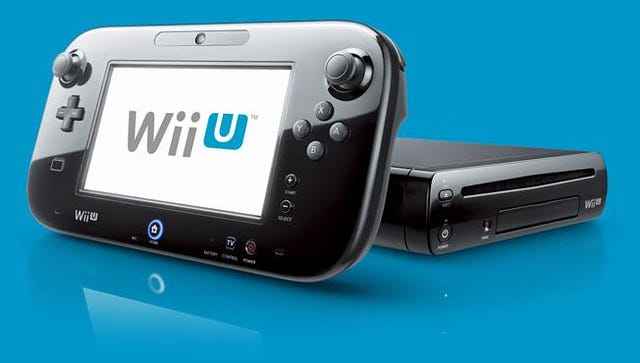Member-only story
What Made the Wii U Nintendo’s Greatest Failure
It seems Nintendo has had its share of ups and downs this decade. The company began the decade riding high on the success of the Wii. This console proved to be a great success for Nintendo. Not just in terms of sale, but is also innovated with its inclusion of motion control during its launch. After half a decade on the market, it was natural for Nintendo to develop their next gaming console.
2012 introduced the world to the Wii U. This console would become Nintendo’s worst selling console aside from the Virtual Boy in the 90’s. This was a huge decline for a gaming console with decades of success and riding high on the success of the Wii. Going into the next generation of gaming, Nintendo was expected to continue their growth. Instead, they failed to connect with their customers and their sales saw a decline. A few things went wrong with the Wii U, and when these things are added together it becomes easier to understand why the Wii U decline from his predecessor.
The Hardware

Compared to the Wii, the Wii U console was nothing remarkable. Available in white at launch for the basic model, or a black unit for the more premium model, the actual console was fairly reminiscent to the Wii. While the console lacked a unique design like the Gamecube, the hardware design was not the issue.
The distinguishing factor for the Wii U was the controller. Known as the Gamepad, the controller housed a full 6.2 inch touchscreen and it could be used in addition to the TV output to display additional content. For most games, the Gamepad could be used off TV in lieu of TV output. This meant users could roam around their house and play the Wii U. However, the Gamepad had to be within 27.5 feet of the console itself to steam HD content. The device was wireless, but users couldn’t leave the house and play games without the Wii U console.
In essence, the Gamepad was akin to a tablet. It had a touchscreen and could be used wirelessly. This also demonstrates part of the problem with the Wii U. Where the Wii seemed to innovate with motion controls, the Wii U seemed to be competing with the rising tablets and smartphone market. This is where the Wii U begins to miss the mark. It doesn’t introduce new technology, nor does it take the safe route and focus on the…
